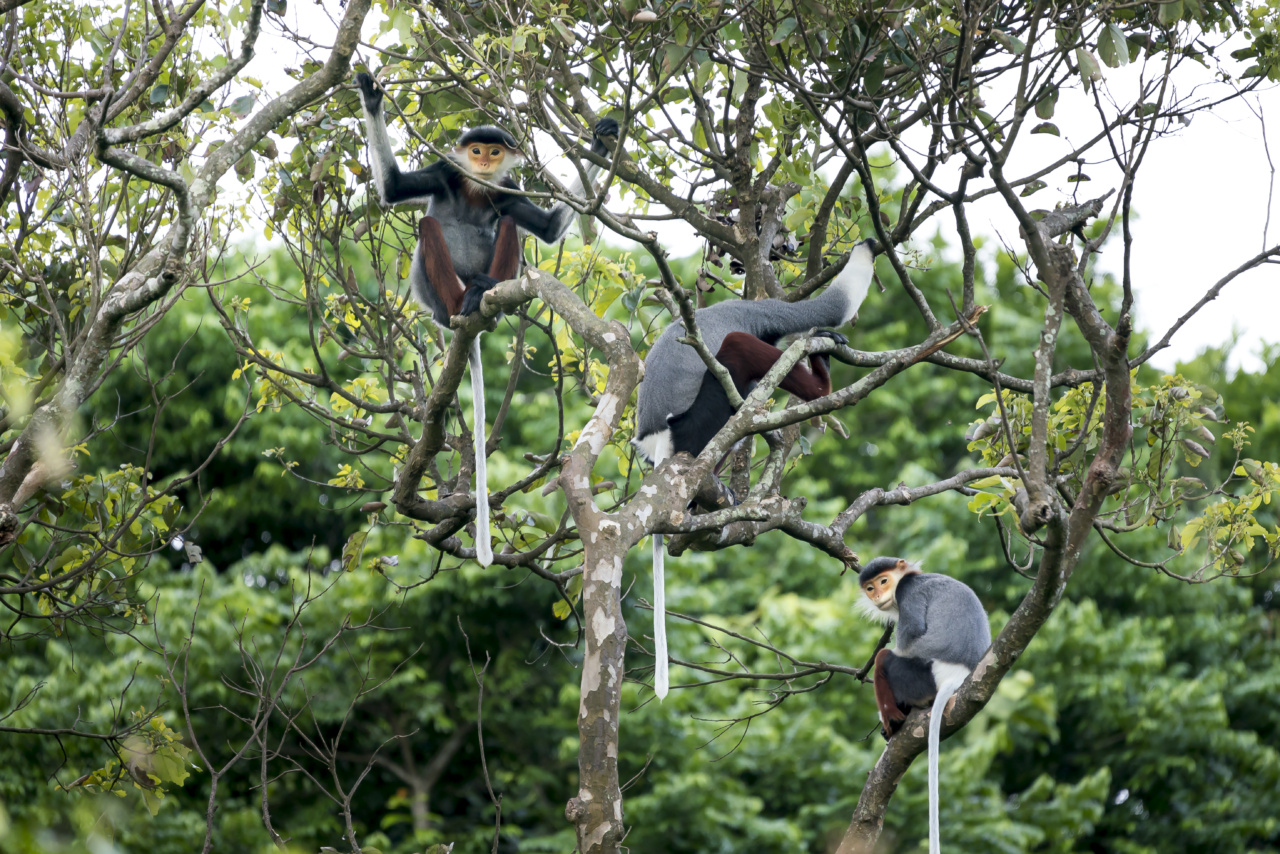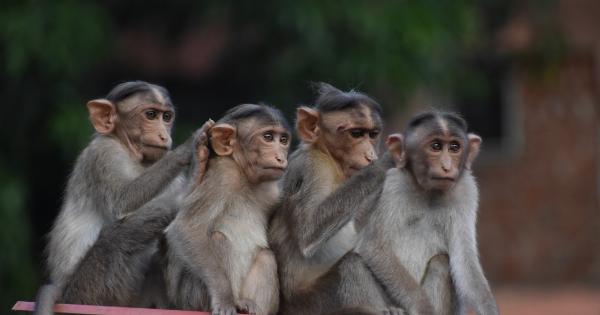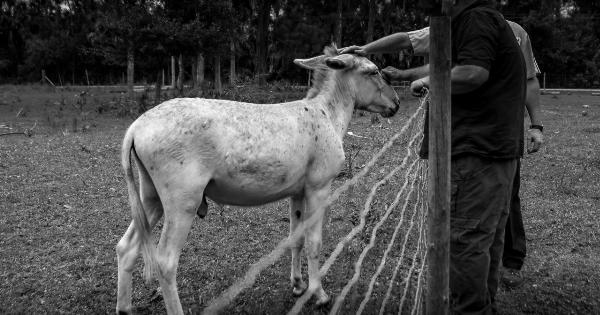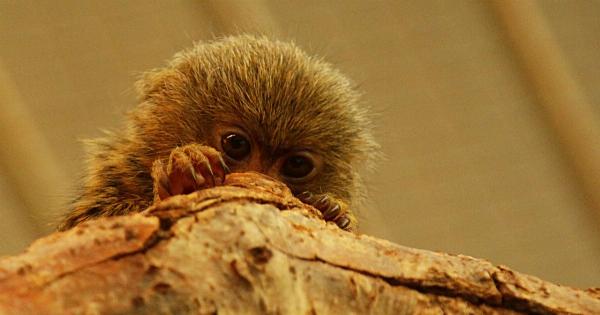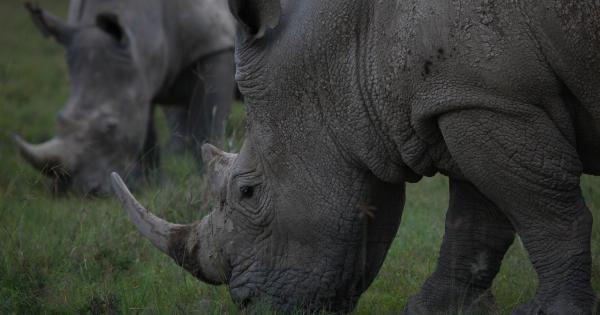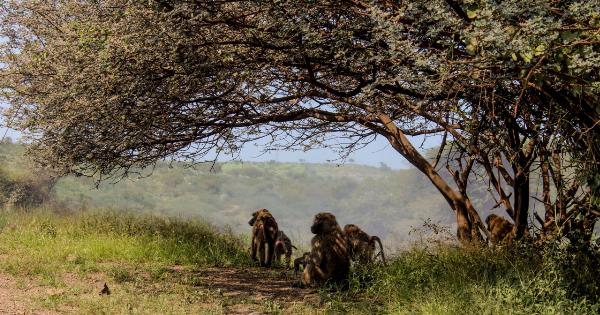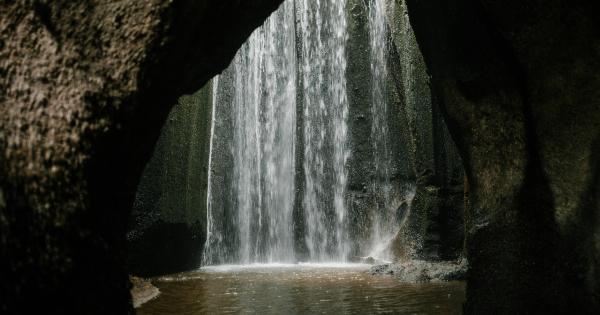Monkeys are highly adaptable creatures that are found in various environments across the world. With over 260 species of monkeys, they have managed to thrive in diverse habitats such as rainforests, savannas, mountains, and even urban areas.
This article will explore the incredible ability of monkeys to adapt to different environments and the factors that contribute to their successful survival.
Rainforests: The Tropical Home of Monkeys
One of the most well-known habitats for monkeys is the lush rainforests of South America, Central Africa, and Southeast Asia.
These dense jungles provide a perfect ecosystem for monkeys, offering an abundant food supply, shelter, and protection from predators. Monkeys in rainforests rely heavily on their agility and ability to climb trees effortlessly. They use their prehensile tails as an extra limb, allowing them to swing between branches and cover large distances.
Species like the Capuchin monkeys and Howler monkeys are commonly found in rainforest canopies.
Savannas: The Grasslands of Opportunity
Savannas are vast grasslands with scattered trees and bushes, covering a significant portion of Africa, Australia, and South America. Although savannas are not the typical habitat for monkeys, some species have successfully adapted to this environment.
Baboons, for example, can be found thriving in the African savannas. These highly intelligent monkeys have learned to exploit various food sources, including grasses, fruits, insects, and even small mammals.
Living in large troops, baboons have developed complex social structures to navigate the challenges of the savanna.
Mountains: Scaling New Heights
Monkeys are not limited to lowland areas and have managed to thrive in mountainous regions as well. The Japanese macaque, also known as the snow monkey, is a fascinating example of a monkey that has adapted to an extreme environment.
Found in the snowy mountains of Japan, these monkeys have developed a thick winter coat and a remarkable ability to withstand freezing temperatures. They have also learned to bathe in natural hot springs to keep warm during harsh winters.
Deserts: Surviving the Arid Landscapes
While deserts may seem like an inhospitable environment for most animals, some species of monkeys have shown remarkable resilience in adapting to this harsh landscape.
The desert-dwelling vervet monkeys in Namibia and Botswana, for instance, have mastered the art of finding water and surviving on limited resources. These monkeys have developed long limbs suitable for climbing and leaping between scattered trees and bushes in search of food and water.
Urban Areas: Monkeys in the Concrete Jungle
As urban areas expand and encroach upon natural habitats, some monkeys have chosen to adapt and live among humans.
In cities like Delhi, India, and Jakarta, Indonesia, populations of rhesus macaques and long-tailed macaques have successfully established themselves. These resilient monkeys have learned to take advantage of urban resources such as discarded food, urban green spaces, and buildings for shelter.
However, this adaptation also poses challenges as human-macaque conflicts arise due to increased competition for resources.
Factors Contributing to Monkey Adaptability
Monkeys’ ability to thrive in various environments can be attributed to several factors. Firstly, their highly diverse diet allows them to adapt to different food sources available in each habitat.
Monkeys are known to be opportunistic feeders and can consume anything from fruits, leaves, and flowers to insects, small vertebrates, and even eggs.
Secondly, their social structures and behaviors play a crucial role in their adaptation. Many monkey species live in complex social groups with hierarchies, divisions of labor, and social bonding.
This enables them to cooperate in finding food and protecting themselves from predators.
Furthermore, monkeys possess a high level of intelligence and problem-solving abilities. This cognitive flexibility allows them to adapt to new situations, learn from experience, and overcome various challenges presented by their environments.
Threats to Monkey Adaptability
Despite their remarkable adaptability, monkeys face numerous threats that endanger their survival in various environments. Habitat loss due to deforestation, urbanization, and agricultural expansion is one of the major challenges.
As their natural habitats shrink, monkeys come into closer contact with humans, leading to conflicts and increased risks of poaching.
Poaching for the pet trade or traditional medicine also poses a significant threat to monkey populations. Many species are hunted for their meat, fur, or body parts, pushing some towards the brink of extinction.
Alongside poaching, the illegal wildlife trade further deepens the impact on monkey populations and their ability to thrive in different environments.
Conservation Efforts to Protect Monkey Habitats
Recognizing the importance of preserving monkey habitats, numerous conservation initiatives and organizations have been working tirelessly to protect these charismatic creatures.
Efforts include establishing protected areas, promoting sustainable land-use practices, and raising awareness about the importance of monkey conservation.
Education and community involvement play a crucial role in protecting monkey habitats. By engaging local communities and promoting sustainable livelihoods, conservation organizations can help reduce human-wildlife conflicts and promote coexistence.
Conclusion
Monkeys have proven to be incredibly adaptable creatures, thriving in various environments around the world.
From the dense rainforests to the scorching deserts, these intelligent primates have found strategies to overcome challenges and secure their place in diverse ecosystems. However, it is imperative that we recognize the threats they face and take proactive measures to conserve their habitats.
Only by protecting these habitats and promoting sustainable practices can we ensure the continued thriving of monkeys in the face of ever-changing environments.
